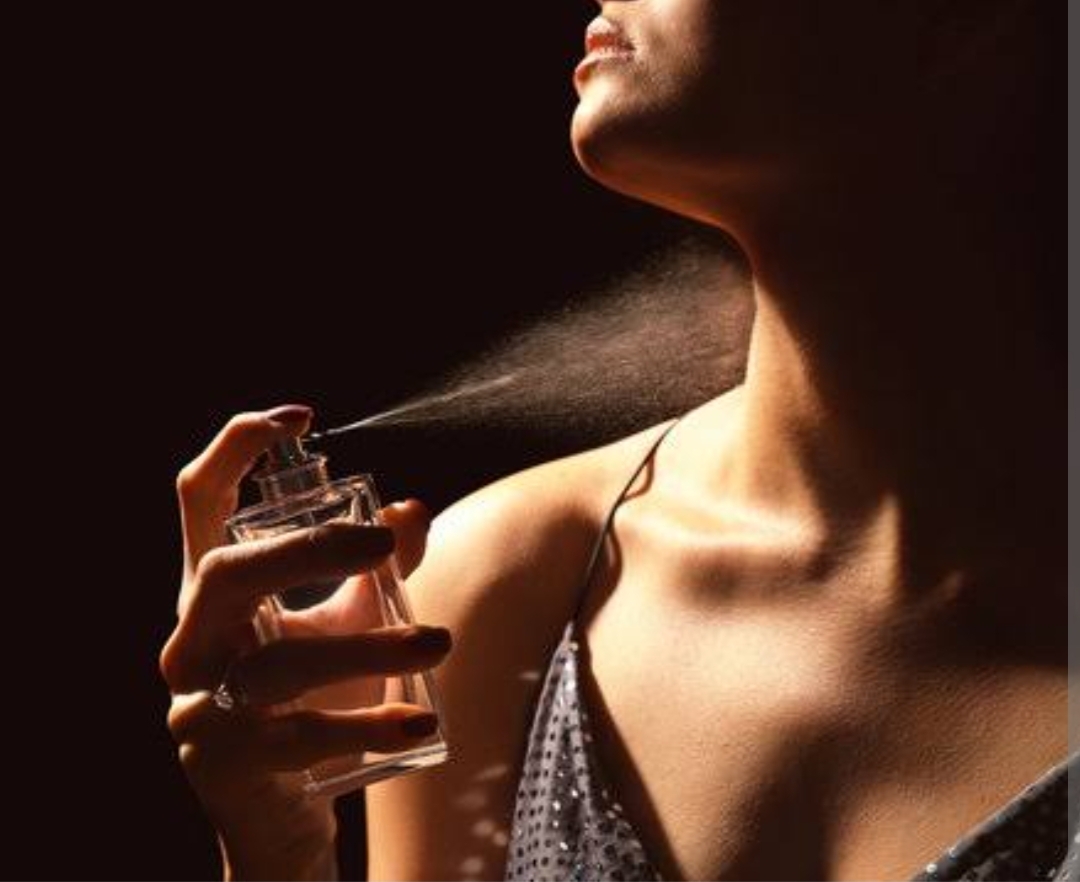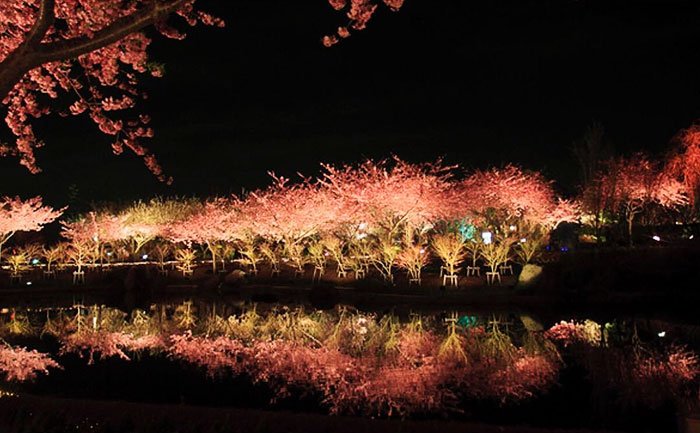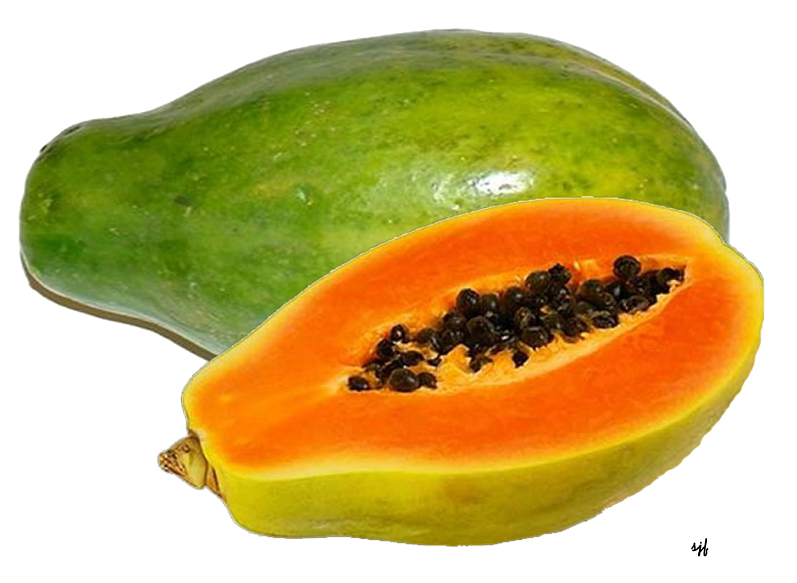The Perfumes of Bengaluru: Jasmine and Sandalwood

Bengaluru | August 21, 2025 Indian and Arab cultures have always shared a sophistication about perfumes — layered, nuanced, and deeply rooted in tradition. In India, attars, pastes, and unguents are not just fragrances but cultural markers, evoking memory, identity, and history. On Ibrahim Sahib Street in Shivaji Nagar, I step into Al-Kareem Attars and Perfumes, where conversations about scents are as natural as ordering coffee. Maria, the woman behind the counter, helps me explore Ruh Gulab — the “soul of the rose.” Even after hours at work, she claims she doesn’t experience “nose fatigue,” proof that in Bengaluru, fragrance is not just commerce but craft. The scent of Bengaluru has always been a blend of sandalwood and jasmine. To experience sandalwood in its purest form, one must travel to Mysuru, where the wood is distilled into oils that smell of earth and forest. For a quicker fix, the Cauvery Emporium on MG Road sells sandalwood essential oil, though at a steep price. Jasmine, meanwhile, remains more accessible — woven into garlands, sold in markets, and tucked into hair, becoming a part of the city’s daily rhythm. Perfume-making here isn’t only about local flowers. The city’s attar shops now balance tradition with modernity. Shops such as Al-Kareem, La Scents, IRS Perfume World, Ajmal, and Asma Perfumery sell both classic Arab blends like Mukhallat Jujur — a mix of rose and oud — and imitations of Western brands like Roja Dove or Gucci. Yet increasingly, many perfumers and customers alike gravitate back to traditional Arab and Indian scents, appreciating the layered character of natural distillations. Perfume, after all, is memory distilled. A whiff of musk may recall a childhood crush; the damp, earthy “mitti” attar brings alive the smell of the first rain. Ruh Gulab — distilled from damask roses plucked before sunrise near Agra and processed in copper pots at Kannauj — is poetry in a vial, capturing fleeting moments in liquid form. The poetry of scent lies in its ability to compress emotion. A tuberose can overwhelm, but blended with amber, it softens into music. A rose, when tempered with musk, turns from sharp to subtle. Perfumes are thus conversations between wearer and maker, between memory and imagination. In Bengaluru, fragrance is also worn differently. It may be through flower garlands, through incense sticks at Gandhi Bazaar, or through fragrance oils dabbed behind the ears. Each tradition has deep roots, reflecting how Indians once adorned themselves with flowers, garlands resting against bare chests — a practice lost to Western clothing norms. The accessibility of attars and mukhallats ensures that this tradition is alive. Whether it is green vetiver, champaka, musk-rose, or jasmine, there is a scent for every mood. Perfume here is not luxury but daily ritual. As the evening air fills with the smell of jasmine from garlands sold at Shivaji Nagar, and sandalwood wafts from incense sticks, one thing becomes clear: the true perfume of Bengaluru is memory itself — layered with jasmine, sandalwood, rose, and rain-soaked earth. Perfumes of Bengaluru: Jasmine & Sandalwood In Bengaluru, fragrance is not luxury but memory. The sweet heaviness of jasmine garlands, the earthy calm of sandalwood, the rare distillations of rose and mitti attar — each scent tells a story of the city’s soul. Perfume here lives in temples, markets, and homes, blending tradition with quiet sophistication. Step into Shivaji Nagar’s attar shops or Mysuru’s sandalwood stalls, and you’ll discover that Bengaluru breathes in layers of fragrance — jasmine at dawn, sandalwood at dusk.




